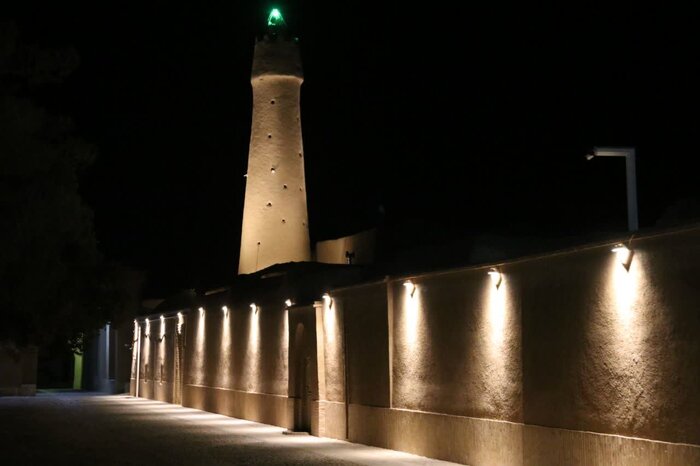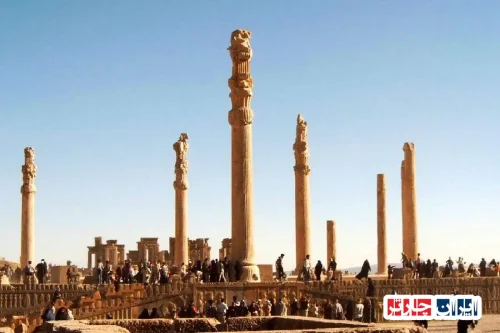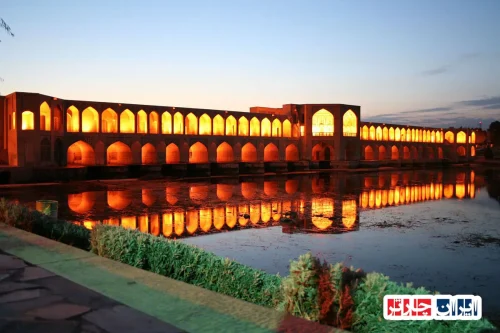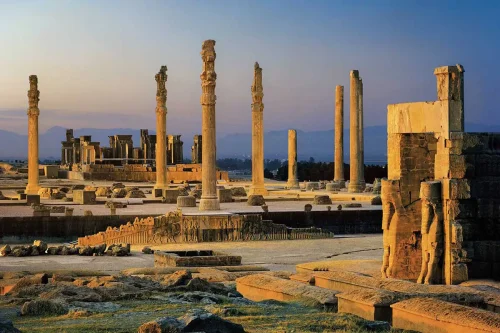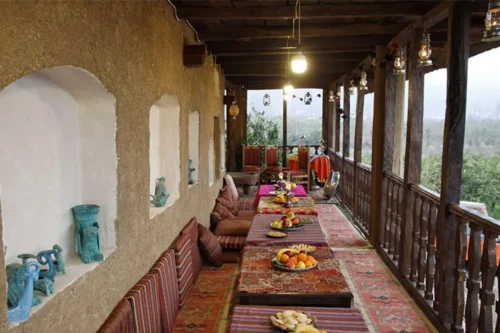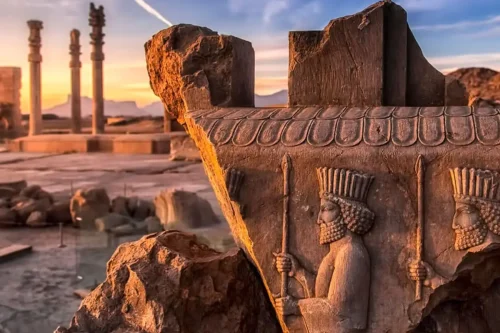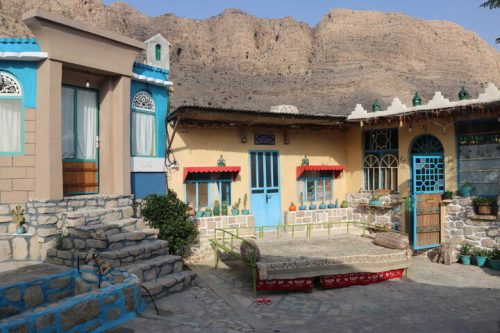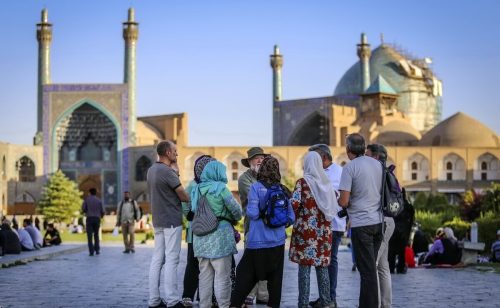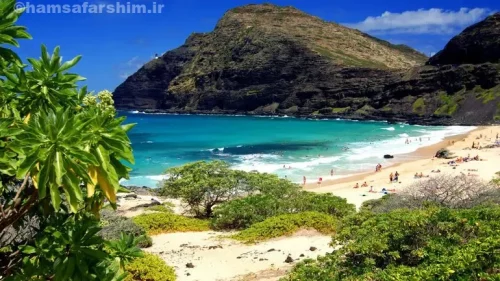News Source : https://www.irna.ir/news/85641335/%D8%B1%D9%88%D8%B3%D8%AA%D8%A7%DB%8C-%D8%AA%D8%A7%D8%B1%DB%8C%D8%AE%DB%8C-%D9%81%D9%87%D8%B1%D8%AC-%DB%8C%D8%B2%D8%AF-%D9%81%D8%A7%D9%86%D9%88%D8%B3-%DA%A9%D9%88%DB%8C%D8%B1-%D8%AF%D8%B1-%D9%85%D8%B3%DB%8C%D8%B1-%D8%AB%D8%A8%D8%AA-%D8%AF%D8%B1-%DA%AF%D8%B3%D8%AA%D8%B1%D9%87-%D8%AC%D9%87%D8%A7%D9%86%DB%8C
Historic Village of Fahraj, Yazd: Desert Lantern on the Path to Global Recognition
Historical Attractions of Fahraj Village, Yazd
The historical village of Fahraj in Yazd, with a history of over a thousand years, is considered one of the most important tourist attractions in Yazd province. This village, with its traditional architecture and ancient structures, takes visitors on a journey through time. Among the most important historical buildings in this village is the Fahraj Jame Mosque with its tall mud-brick minaret and beautiful tile work, which showcases the rich art and culture of the region. Additionally, the stone-paved streets with ancient houses and caravansaries create a charming environment for tourists.
The Desert Lantern of Fahraj: A Guide for Travelers
One of the prominent symbols of Fahraj village in Yazd is its Desert Lantern, which is known worldwide as a guide for travelers. This large and beautiful lantern is located in the heart of the desert and at night, its light guides travelers through the darkness. The Desert Lantern of Fahraj is not only a significant navigation point but also an exquisite piece of art and architecture drawing visitors’ attention. Visiting this lantern provides a unique and unforgettable experience for tourists.
Efforts by Iran Charter to Register Fahraj Village Globally
Iran Charter has made significant efforts to promote sustainable tourism and introduce Iran’s culture and history by aiming to globally register the historical village of Fahraj, Yazd. These efforts include the restoration and renovation of historical buildings, the development of modern infrastructure for tourists, and offering special services to visitors. Moreover, plans to introduce local handicrafts and cuisines in this village play a crucial role in attracting domestic and international tourists. By focusing on service quality and preserving cultural authenticity, Iran Charter has successfully positioned Fahraj as a significant destination among global tourist sights.
Modern Infrastructure and Tourism in Fahraj
One of the key factors in the success of the historical village of Fahraj, Yazd in attracting tourists is the development of modern infrastructure. Iran Charter, by establishing traditional hotels with modern amenities, local cuisine restaurants, and handicraft stores, provides a comfortable and pleasurable experience for visitors. Additionally, improving roadways and installing helpful signage make traveling to the village more accessible. These infrastructures, alongside preserving Fahraj’s ecology and natural environment, have greatly contributed to sustainable tourism development in this region.
Cultural and Educational Tourism in Fahraj
The historical village of Fahraj, Yazd, offers unique cultural and educational programs, providing visitors with opportunities to learn about Iranian culture and history. By hosting workshops on handicrafts, historical exhibitions, and educational tours, Iran Charter acquaints visitors with traditional arts and the history of the area. These programs not only help preserve and transmit cultural heritage but also provide an interactive and educational experience for tourists, highlighting its value in attracting more visitors.
Accessibility and Inclusive Tourism for All in Fahraj
One of the notable features of Fahraj village in Yazd is its full accessibility for people with disabilities and the elderly. Through accessibility projects, Iran Charter has provided suitable walking paths, equipped restaurants, and special facilities for visitors with special needs. These efforts have made Fahraj a known destination for “inclusive tourism,” enabling more individuals, including the elderly and people with disabilities, to enjoy the beauty and historical attractions of this area.
Culinary and Agricultural Tourism in Fahraj
Fahraj village in Yazd emphasizes culinary and agricultural tourism, offering a unique experience for visitors. By introducing traditional dishes like Gourmast, Kashk, and Komach and offering agricultural tours in greenhouses and camel breeding farms, Iran Charter provides insight into the food culture and agriculture of the region. These programs not only help increase visitor numbers but also play an essential role in preserving and promoting local traditions.
Desert Tourism and Nature Parks in Fahraj
Given Fahraj village’s geographical location in the heart of the desert, developing desert tourism is a priority for Iran Charter. The creation of nature parks focusing on sustainable development and local community participation offers tourists diverse activities like safari, camel riding, star gazing, and camping. These parks, by preserving the environment and providing quality services, significantly attract nature and adventure enthusiasts.
Preserving Cultural and Natural Heritage in Fahraj
By focusing on preserving the cultural and natural heritage of Fahraj village, Yazd, Iran Charter prioritizes sustainable tourism development. Using traditional methods to restore historical buildings and preserve the desert’s natural space ensures that tourists can enjoy Fahraj’s beauty without damaging its ancient heritage. Moreover, educational programs for local people and tourists on environmental and cultural preservation play a crucial role in maintaining the cultural and natural values of this village.
Creating an Online and Multilingual Presence to Attract Global Tourists
To attract tourists from around the world, Iran Charter has created a specialized website yazdfahraj.com translated into 11 different languages, providing easy access to village information. This site uses modern technology and translation capability to help international tourists easily find the necessary information about Fahraj attractions, infrastructure, and tourism programs. A strong and multilingual online presence plays a vital role in increasing global awareness of Fahraj village and attracting international visitors.
Frequently Asked Questions
- Why is the village of Fahraj in Yazd province famous?
- Fahraj is known as the Desert Lantern and is a finalist for the title of Global Tourism Village.
- What infrastructure and construction changes have been made in Fahraj village?
- In recent months, several infrastructure and construction initiatives have been undertaken to secure a special position in attracting domestic and international tourists.
- What is the history of Fahraj village?
- Fahraj village has an ancient history, which historians attribute to the pre-Islamic era.
- Why is Fahraj village known as the Desert Lantern?
- In the past, merchants used the village’s tall mud-brick minaret as a landmark when traversing the desert, dubbing it the Desert Lantern.
- What features does the Jame Mosque of Fahraj have?
- The Jame Mosque of Fahraj features a mud-brick minaret, eight large columns, a small Shabestan, and two mihrabs. It was built without modern architectural elements like inscriptions or tile work and lacks a dome.
- What role does Najmeh Naderi play in the restoration of Fahraj village?
- Najmeh Naderi supervises the restoration and organization of Fahraj village, overseeing construction and infrastructure operations to preserve the valuable walls of the Jame Mosque and other structures.
- How has Fahraj village made accessibility available for people with disabilities?
- Fahraj village has designed its tourist routes to be suitable and accessible for the disabled and elderly, with improvements from the mosque entrance to the village’s eco-tourism sites.
- What traditional foods are prepared in Fahraj village?
- Traditional foods in Fahraj include Gourmast, Stew of Alu, Kashk-o-Komach, and Shooli Milk, made with traditional ingredients.
- What are the handicrafts of Fahraj village?
- Fahraj’s handicrafts include soap making, white soup production, poetry weaving, carpet weaving, and wild rue weaving, mainly undertaken by the village’s women.
- How does Fahraj village cope with water shortages?
- By using water-saving agricultural techniques and developing greenhouse alternatives focusing on water efficiency and solar energy, Fahraj copes with water shortages.
- What tourism activities are available in Fahraj village?
- Tourism activities in Fahraj include safari, camel riding, camping, star gazing, offering local food, and scientific and educational activities.
- How does Fahraj village preserve its nature?
- Fahraj maintains its nature by developing desert and dune tourism and establishing nature parks, focusing on sustainable development and local community engagement.
- What features does the Fahraj village website offer?
- The official website of Fahraj village (yazdfahraj.com) is translated into 11 languages and includes village news, historical and tourism attractions, architecture, culture, traditions, famous personalities, and global outreach plans.
- How many villages from Iran are participating in the global tourism village competition?
- Eight villages from Iran are participating in this competition, including Fahraj in Yazd, Palangan in Kurdistan, Bisheh in Lorestan, Qaleh Bala in Semnan, Kandovan in Mazandaran, Esfahak in South Khorasan, Meymand in Kerman, and Abyaneh in Isfahan.
- What criteria does the World Tourism Organization use to select the best villages?
- The World Tourism Organization considers over 40 criteria, including tourism value chains, accommodation infrastructure, financial and electronic capabilities, sustainable development, and the preservation of indigenous culture and the environment, to select the best villages.
- When and where will the final selection of global tourism villages be held?
- The final selection will be held on November 25 in the 122nd UNWTO Executive Council in Cartagena de Indias, Colombia.
- What are the challenges of selecting Iranian villages for the global tourism village title?
- Diversity and the multiplicity of rural textures in Iran, alongside infrastructure limitations due to sanctions, are among the main challenges in selecting Iranian villages for the global tourism village title.

